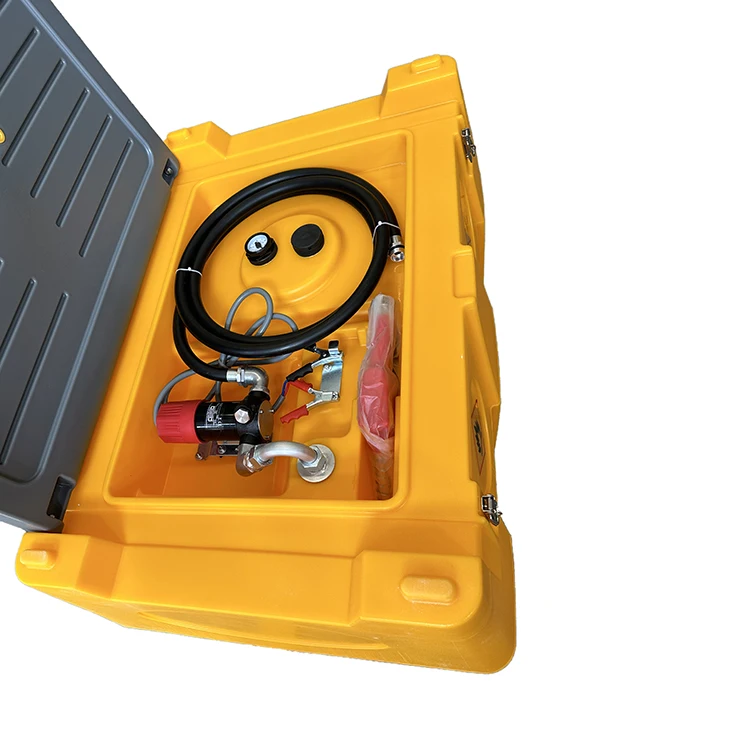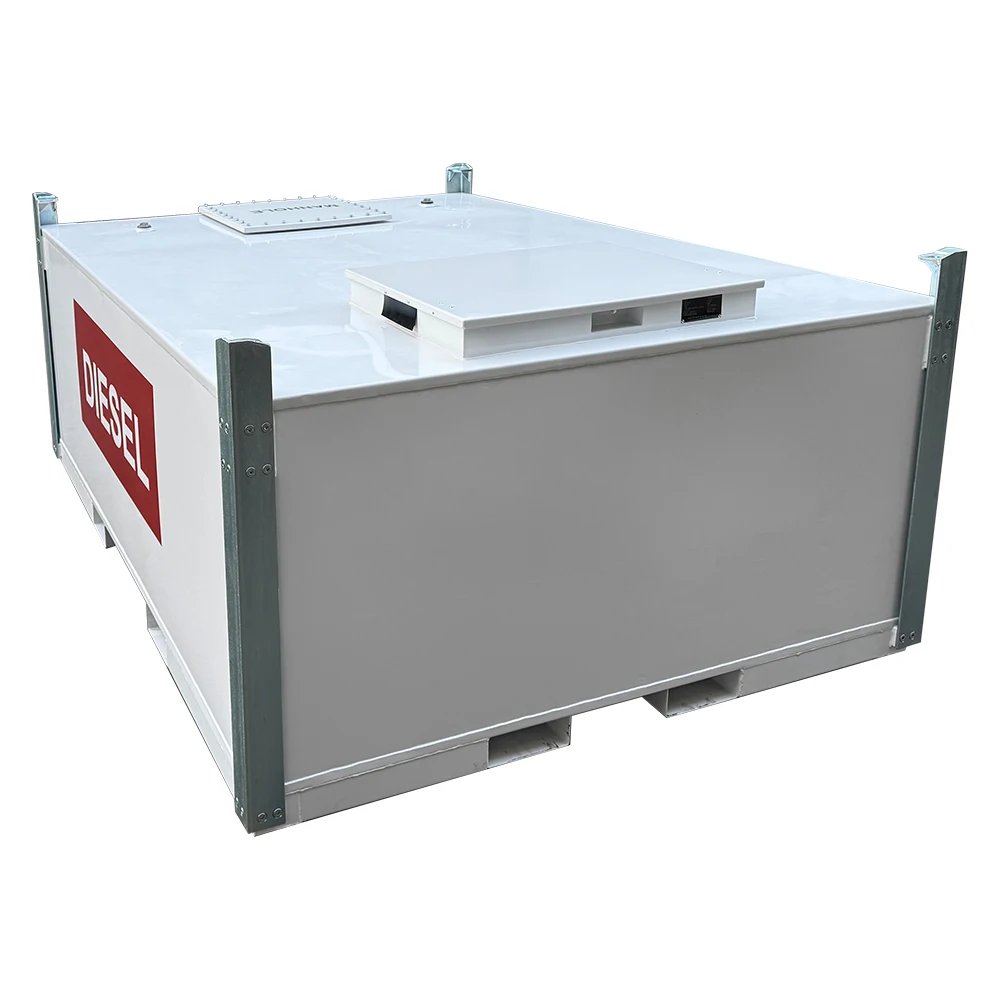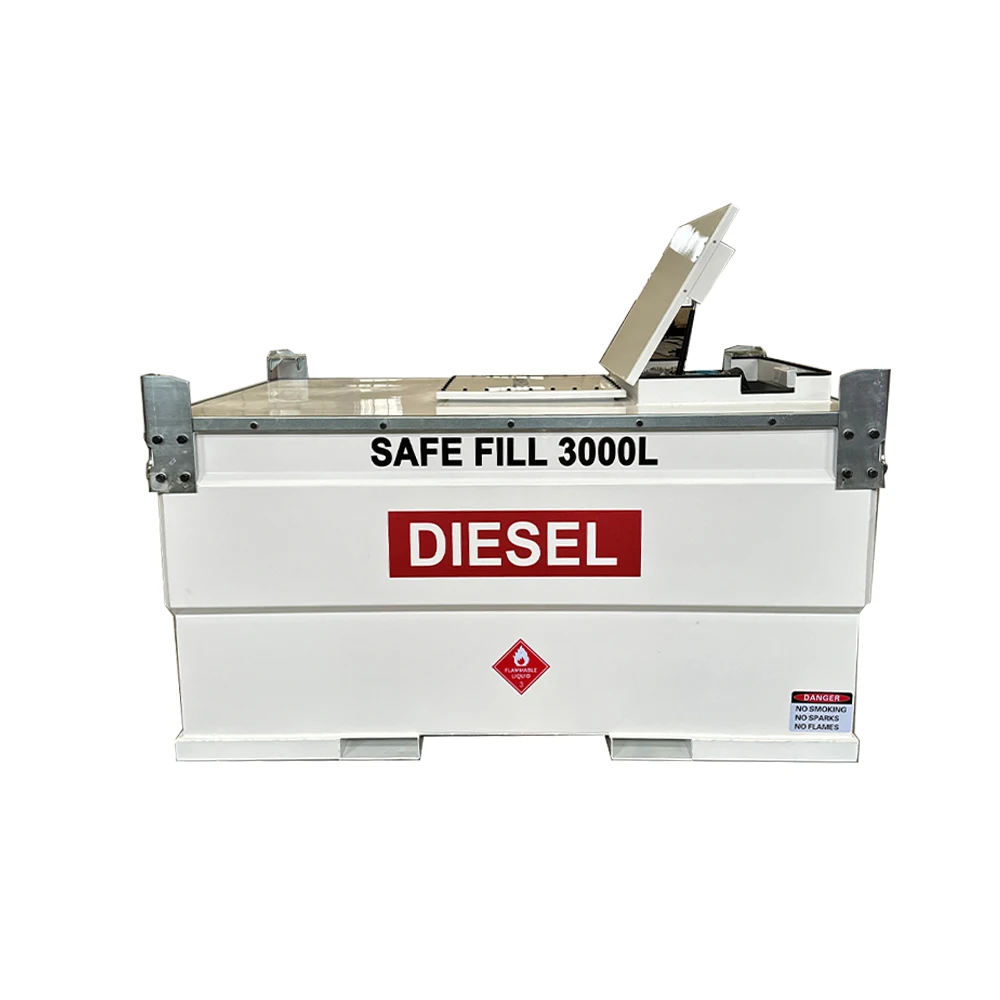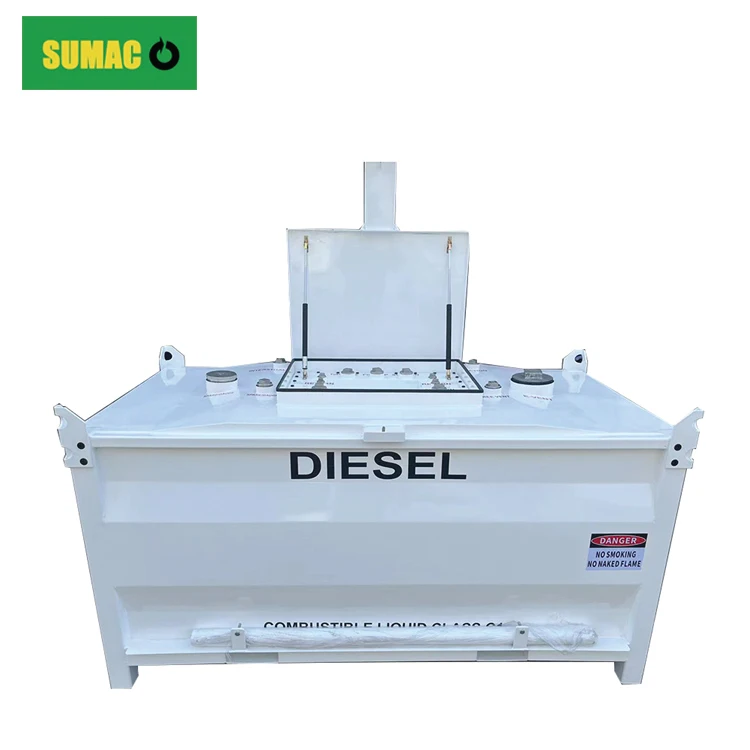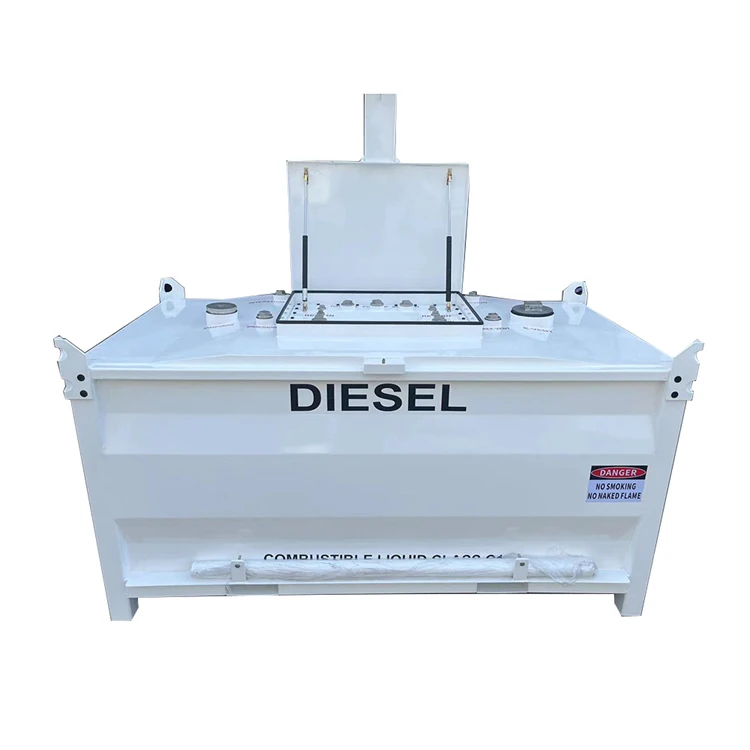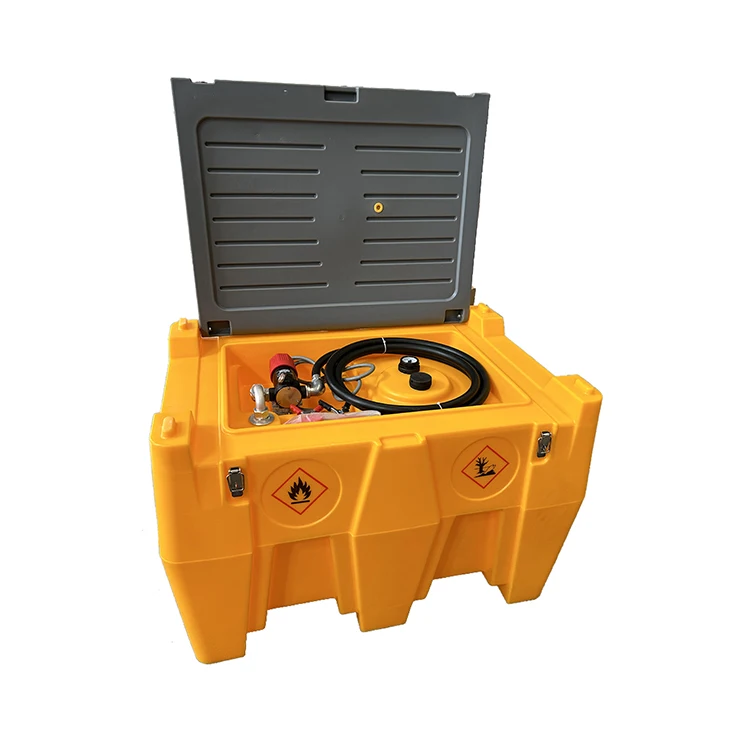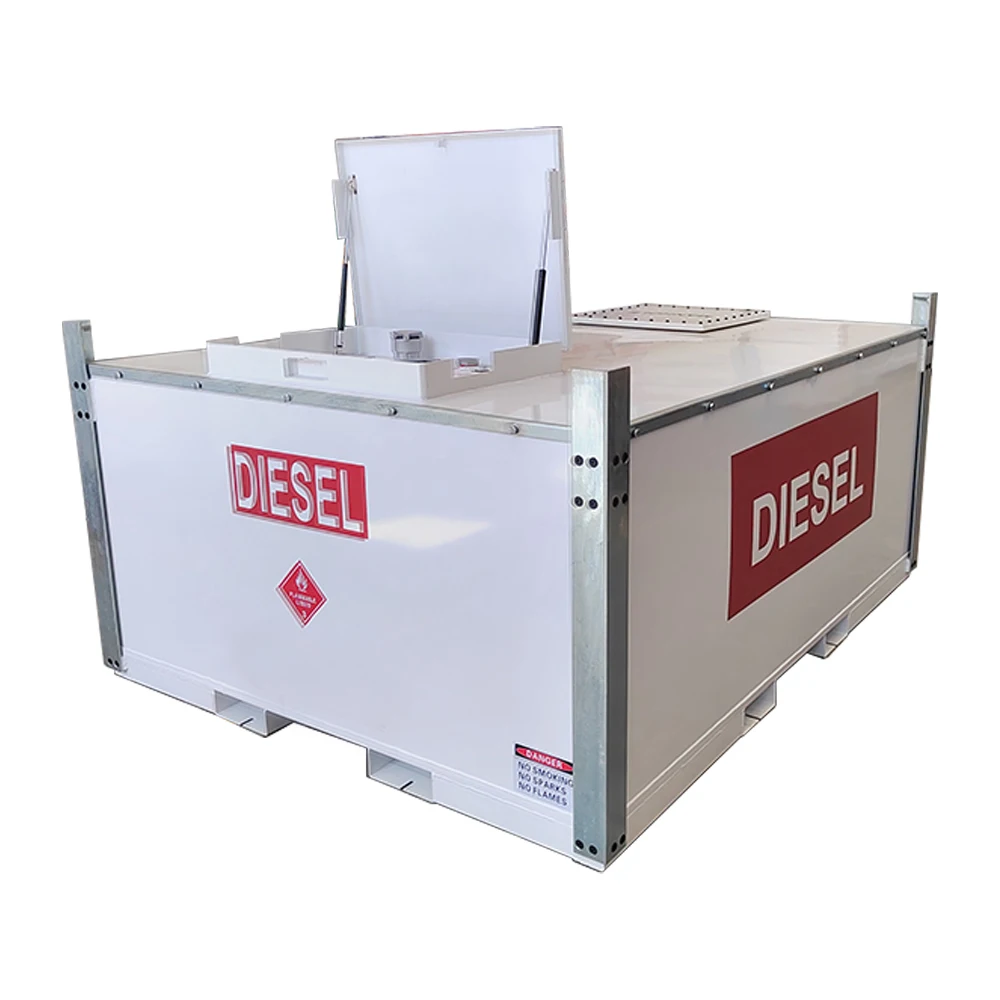Safety operation procedures for fuel cube tank
1. Preparation before operation
Comprehensively check the appearance of the oil storage tank to ensure that there are no cracks or deformations in the tank body, and that all joints are well sealed and have no signs of leakage.
Check various safety accessories, such as safety valves, breathing valves, liquid level gauges, thermometers, etc., to ensure that they are sensitive and reliable and in normal working condition.
Check related electrical equipment, including motors, lighting, etc., to ensure that they are well grounded and have no faults such as short circuits and leakage.
Clean up the debris around the oil storage tank, ensure that the fire passage is unobstructed, and equip the necessary fire-fighting equipment.
2. Operation during operation
Operate strictly in accordance with the designed process parameters, control the speed of oil entering and leaving the tank, and avoid excessive pressure fluctuations caused by too fast.
Pay close attention to the changes in the liquid level, pressure, and temperature of the oil storage tank, record the data regularly, and make timely adjustments if abnormalities occur.
Smoking and opening fires are strictly prohibited in the oil storage tank area. If opening fire operations are required, the opening fire approval system must be strictly implemented and effective fire prevention measures must be taken.
Operators shall not leave their posts without authorization, strengthen patrol inspections, check whether there are leaks in pipelines, valves and other parts, and report and deal with problems in a timely manner.
3. Post-operation processing
After the oil is delivered, close the corresponding valves to prevent oil backflow.
Clean the oil storage tank and related equipment and remove residual oil.
Check the safety accessories again to ensure that they are reset normally.
4. Emergency treatment
If oil leaks, stop related operations immediately, take effective plugging measures, evacuate surrounding personnel, and set up warning areas.
In case of fire, quickly activate the fire emergency plan, use nearby firefighting equipment to extinguish the fire, and call the police in time.
After the accident is handled, conduct a comprehensive inspection and evaluation of the oil storage tank and equipment, repair the damaged parts, and resume use only after passing the inspection.
https://www.sumachine.com/
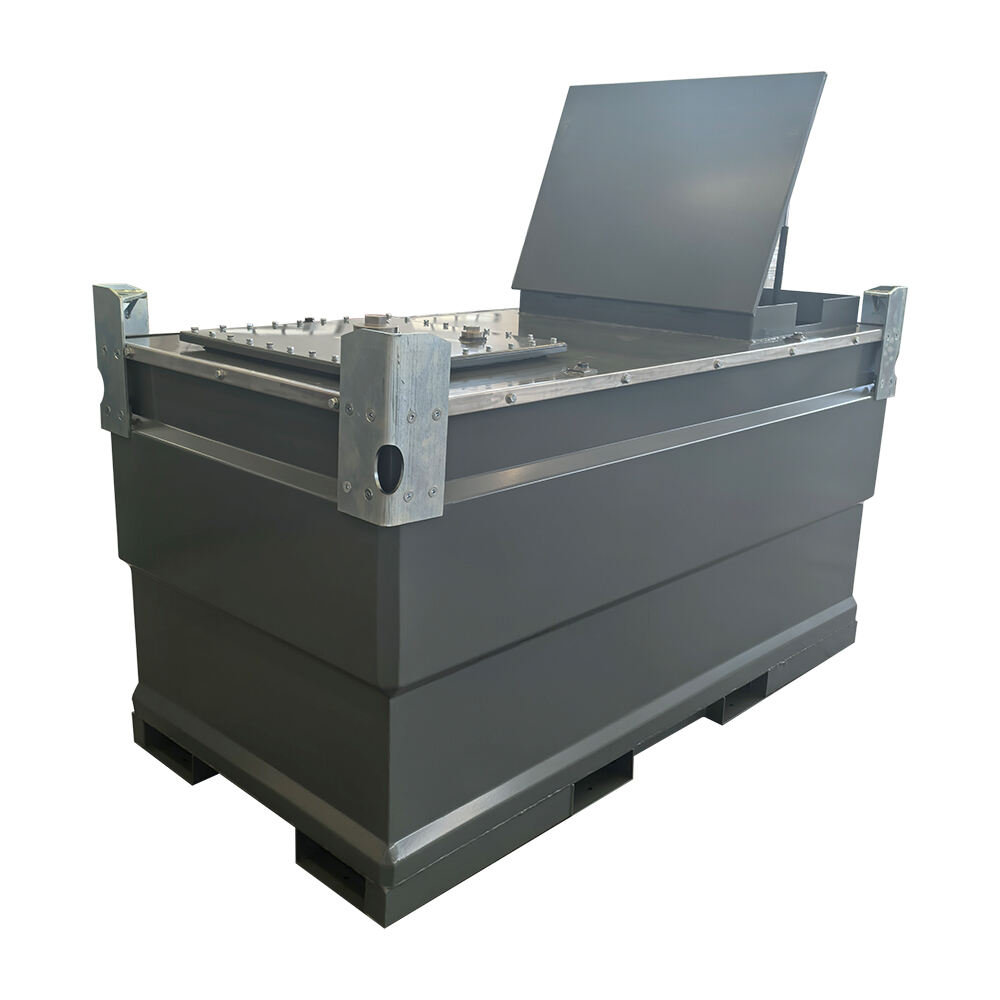
Recommended Products
Hot News
-
Double wall portable diesel gasoline cube tank with pump sale for Mauritius
2024-11-11
-
Double Walled Portable Fuel TransferCube Tank Ship To Spain
2024-11-07
-
Shipping of portable aviation fuel tank with pump
2024-10-12
-
Carbon steel diesel fuel cube tank ship to USA
2024-11-14
-
Carbon steel cube tank with pump
2024-11-13
-
Fuel Transfer Tank Cube Stationary Double Walled Diesel Storage Tank Sale For Spain
2024-11-06
-
251 US Gallon 552 Gallon Fuel Cube Transfer Tank Sale For USA
2024-11-05
-
251-2000 Gallon Fuel Cube Transfer Tank Sale For Grenada
2024-11-01
-
552 Gallon portable fuel dispenser with tank sale for USA
2024-10-30
-
Mobile fuel tank with pump sale for Spain
2024-10-22
 EN
EN
 AR
AR
 BG
BG
 HR
HR
 CS
CS
 DA
DA
 NL
NL
 FI
FI
 FR
FR
 DE
DE
 EL
EL
 IT
IT
 JA
JA
 KO
KO
 NO
NO
 PL
PL
 PT
PT
 RO
RO
 RU
RU
 ES
ES
 SV
SV
 TL
TL
 ID
ID
 LT
LT
 SR
SR
 SK
SK
 SL
SL
 UK
UK
 VI
VI
 HU
HU
 TH
TH
 TR
TR
 MS
MS
 GA
GA
 IS
IS
 KA
KA
 HT
HT
 KK
KK
 UZ
UZ


